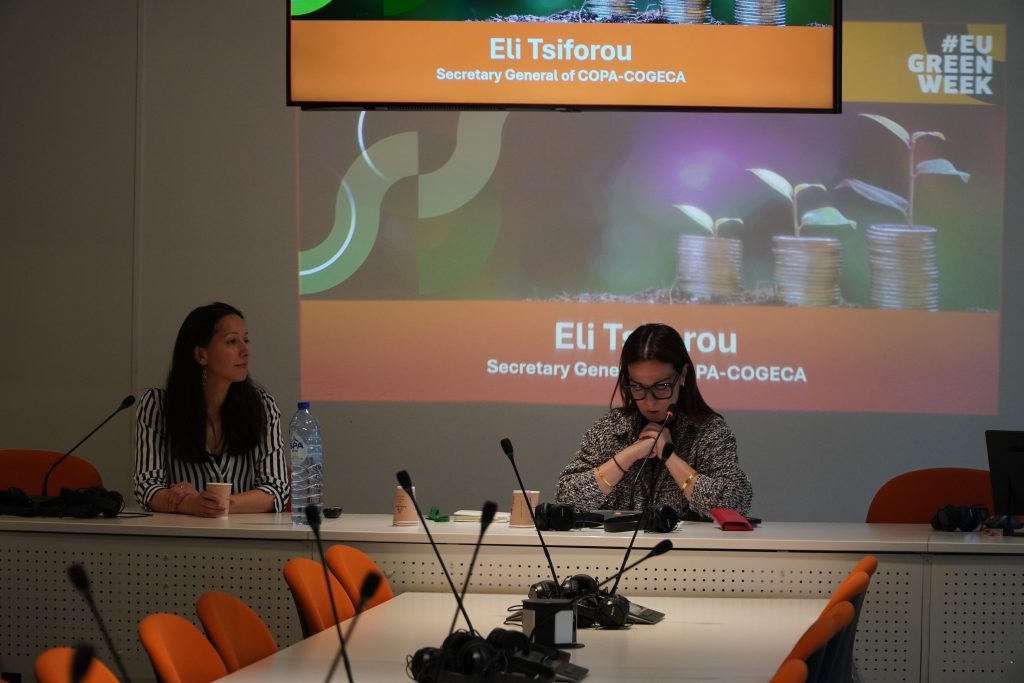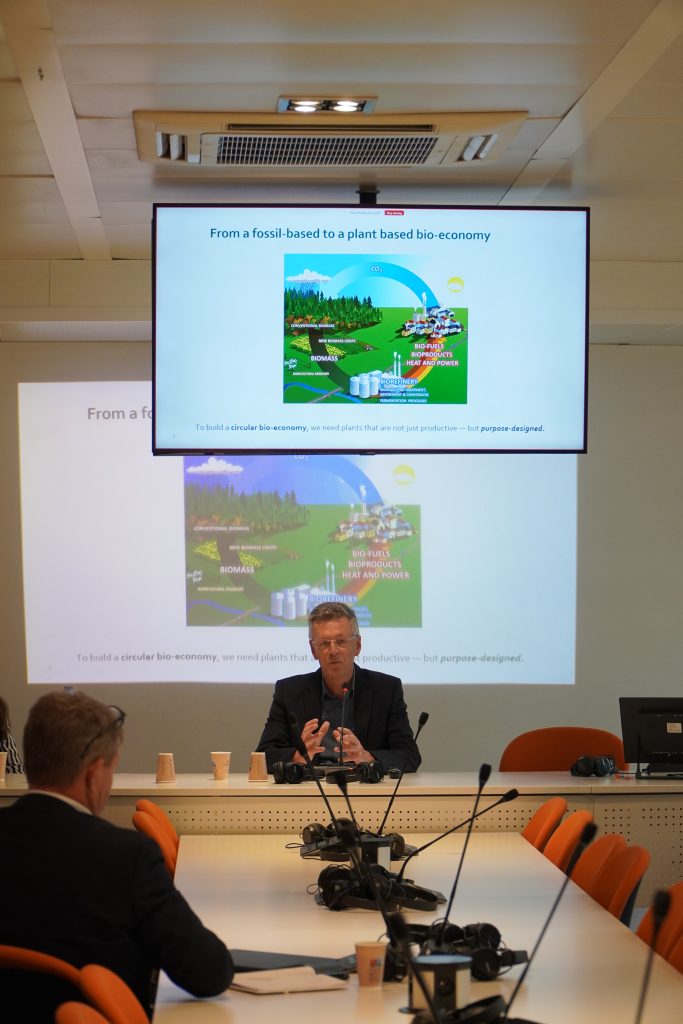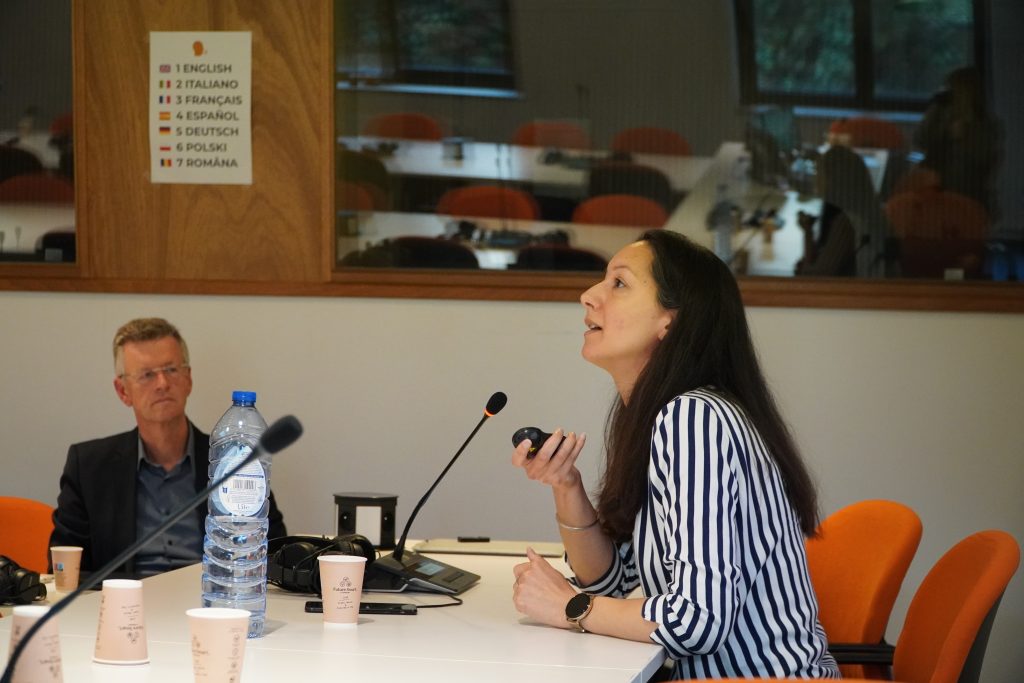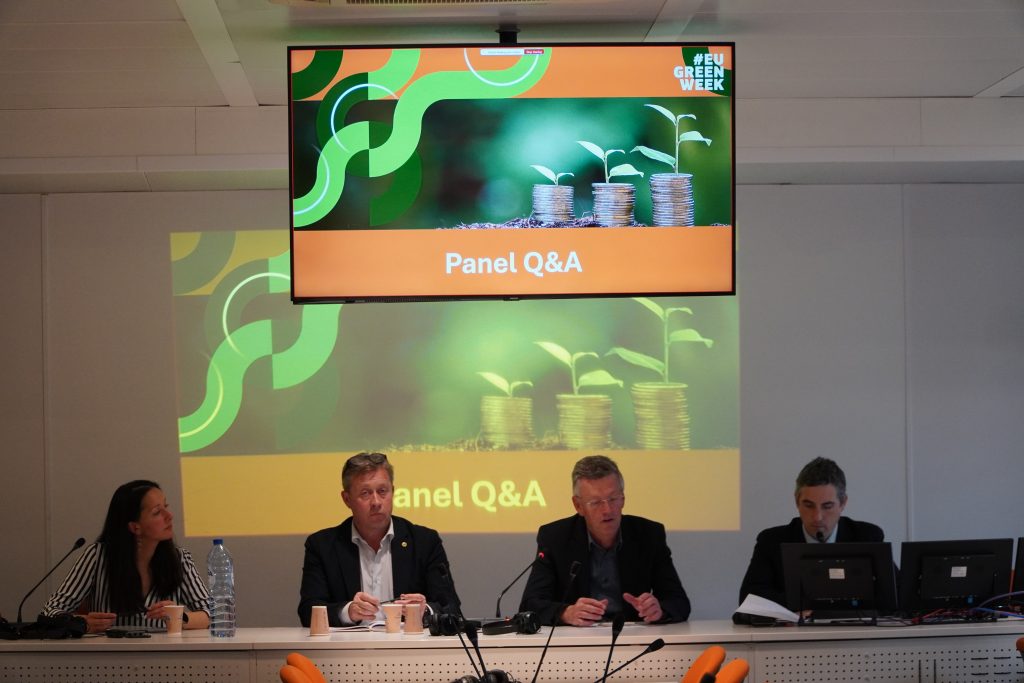Better valorisation of biomass provides new business opportunities for farmers
Max Schulman, Finnish farmer and advisor to MTK (Central Union of Agricultural Producers and Forest Owners)
Max Schulman spoke from a farmer’s perspective, noting the shrinking amount of productive land in Europe and the pressure to extract more value from each hectare. He emphasised that farmers must be involved early in crop development processes and cannot be expected to take all the risk alone.
He stressed that market visibility, supportive legislation, and clear business opportunities are necessary for farmers to adopt new crops. He also highlighted the diversity of EU agricultural conditions, ranging from short to long growing seasons across regions, and pointed to the need for cover crops, intermediate crops, and particularly nitrogen-fixing species to improve economic and environmental sustainability.
Find the presentation slides here.
Are we investing enough to fully exploit plant breeding for a more circular bioeconomy?
Amrit Nanda, Executive Manager, Plants for the Future ETP
In her second presentation, Amrit Nanda presented findings from the Plants for the Future report on EU investment trends in plant breeding R&I from FP7 (2007) to half of Horizon Europe (2024). The analysis showed that while total EU R&I funding has increased, the allocation to plant breeding-related research has declined. She highlighted the mismatch between policy priorities and actual investment, and stressed the need for a dedicated mechanism (public private partnership) to ensure sufficient, long term and EU-wide coordinated support for R&I in plant breeding in FP10.
Find the presentation slides here.
















